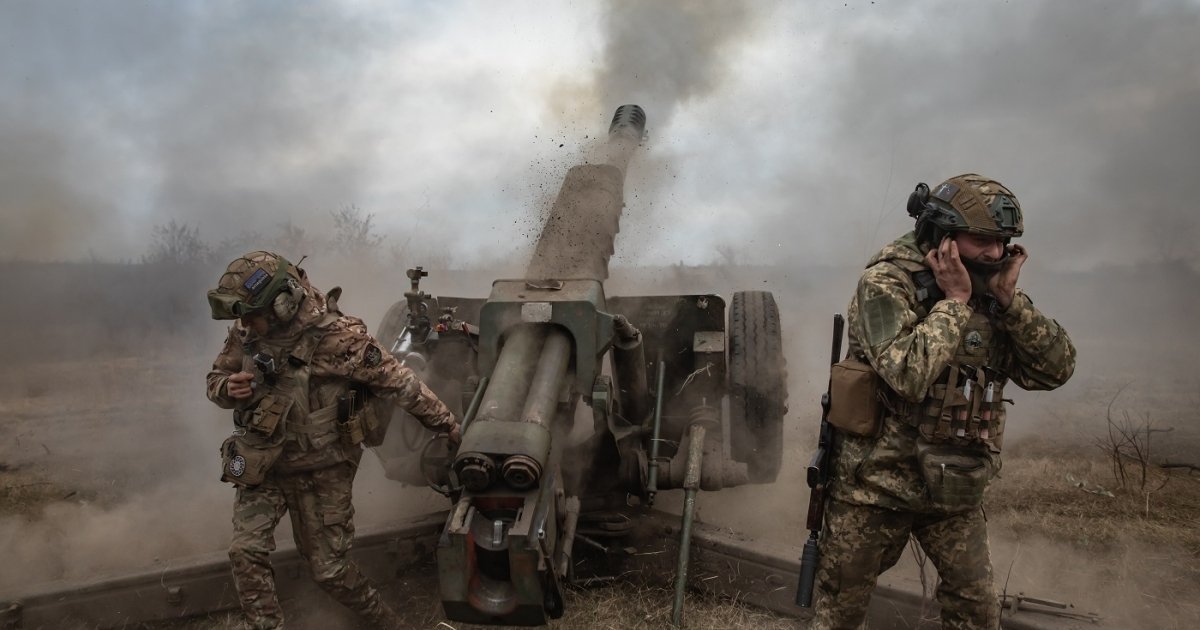On August 6, Ukraine launched a surprise offensive in Russia’s Kursk region, catching Russian forces by surprise. The operation has two goals: to convince Ukraine’s international partners that defeat is not inevitable and, if Ukraine is forced to negotiate, to gain leverage ahead of the talks. Neither outcome is certain.
After months of Ukrainian forces being pushed back in Donbass and the sentiment that Russian advances, albeit slow so far, were irreversible, the rapid Ukrainian advances in Kursk have effectively changed the situation. The attack shows that well-timed and well-planned attacks can disrupt Russian forces, whose lack of cohesion has once again led to units surrendering on a dynamic battlefield. That Ukraine managed to maintain operational security before the attack also shows that lessons have been learned from the failure of Ukraine’s 2023 summer offensive.
It is also worth noting that Ukraine not only carried out ground operations, but also successfully attacked several Russian airfields, damaging aircraft that were bombing Ukraine’s important national infrastructure with air-launched missiles and dropping glide bombs on Ukrainian front-line positions, with devastating effects.
Politically, Ukraine hopes that if it is forced to negotiate with Russia under a future administration following a possible cessation of US military-technical assistance, it will have something in its hands that Russia will have to take back and thus leverage with which to force concessions. This means that Ukraine will not only have to take Russian territory but also hold it for a longer period of time.
However, the Kursk operation exposes Ukraine to significant military risks. Even before this operation, Ukraine was short of troops and struggling to hold its eastern front. The use of its operational reserve means it will be even more stretched. Russian successes in Donbass continue, and the imminent depopulation of Pokrovk, Toretsk and several other towns is imminent.
Moreover, it is not clear whether Ukraine will be able to hold onto its captured territories. Once Ukraine stands firm and begins to dig in, Russia will deploy its artillery, electronic warfare systems, air defenses, glide bombs, and operational-tactical missile systems, putting Ukraine in the same difficulties it is experiencing elsewhere, only with fewer reserves. The Kursk operation will not provide any advantage in the negotiations if President Vladimir Putin believes he can repel the incursion as the talks progress.
Another critical point is that even if (after the US presidential election) US military-technical support to Ukraine continues, by 2025 Ukraine will have exhausted most of its options for an offensive. New equipment could have been built on top of existing forces. Now equipment and units that are in short supply are being used up. Kyiv will therefore have lost the initiative next year; it has now made its move.
This leaves Kyiv with two options: early or late negotiations. The danger lies in the middle. Russia’s military advantages will continue to grow through early 2025. The Russian military’s combat power will then likely decline through late 2025 and 2026. If Ukraine can hold out until then, the conflict could potentially be prolonged indefinitely. In this case, Kyiv’s leverage in the negotiations will increase. The Kursk operation will make it harder to sustain the fight until that point. On the other hand, if negotiations take place early, the Kremlin will likely try to move the talks slowly and let the military situation on the ground deteriorate to increase its leverage.
There are three key priorities for Ukraine’s international partners. First, Ukraine will have no leverage in talks if the front is crumbling. Stabilizing the front is vital. To achieve this, regular ammunition deliveries throughout the negotiations are crucial. Artillery ammunition and air defense interceptors are especially important. The more damage that can be done to Russian forces in Kursk, the better.
Second, whether in long or short negotiations, Ukraine’s international partners must think about how to bring about a lasting peace. That probably means offering Kyiv security guarantees. Without these, Russia will use the threat of a resumption of hostilities to deter foreign investment in reconstruction, weaken Ukraine economically, and thus have ample opportunity for destabilization. Indeed, if fighting stops, Ukraine will struggle to maintain its current level of mobilization. So the risk that Russia will continue to use its mobilized defense industry to prepare for a future breach of a ceasefire is serious.
Third, Ukraine’s partners must double down on the mobilization of Europe’s defense industry. If talks go badly, Europe must be prepared to continue arming Kyiv. If talks go well, NATO’s European pillar will need the industrial base to underpin a credible deterrence posture. For the United States, which has long viewed Europe as a theater for defense sales, the need for Europe to unleash American capabilities to deter threats in the Indo-Pacific means that Europe’s defense industry must be encouraged to grow.
With Ukraine facing a harsh winter, its energy grid under constant attack, Russian troops pushing east, and limited supplies to replace lost equipment, now is not the time to withhold support.

